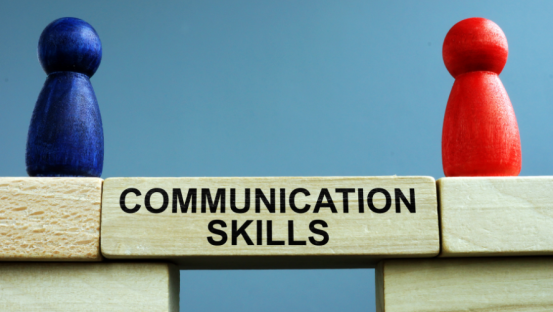How to Use Mind Maps for Public Speaking

Mind maps are super useful tools for a wide range of different applications. Novelists use them to plan out their books, songwriters use them to create lyrics, business people use them to work on their business plans, and public speakers use them to plan what they’re going to talk about.
But how exactly do public speakers use mind maps, and what exactly can they offer us? That’s exactly what we’re going to take a look at today.
Before we get started, we should note that we’re assuming that you have at least a rudimentary knowledge of what mind maps are, because that’s outside the remit of today’s article. Perhaps the best way to understand them is to take a look at a few examples.
So if you’re new to the concept of mind-mapping, check out these articles by IQ Matrix and Inbound Tom, and when you’re ready to crack on, keep reading here.
How to Use Mind Maps for Public Speaking
1. Choose your main concept
The first step is for you to select the main concept that’s going to be at the heart of your mind map. This is the concept that’s going to power your presentation and which everything else will stem from. Try not to be too specific here because you want it to remain open enough that you can further hone that concept later.
2. Create your branches
The branches of your mind map are where you’re going to dive deeper into the different aspects of your main concept. For example, if your concept is helping people to save money, you might have branches for cutting costs, couponing, bringing in extra cash and creating a log of your finances. As an example, you can think of your main concept as being like this article’s title, while the branches are each of the ten points that we’re looking at.
3. Fill out each branch
After you’ve created your branches, you’ll want to start filling them out. Using this article as an example again, we started with the main concept, created the branches by selecting ten titles for these bullet points, and then we went through each one and wrote up the paragraphs that accompany them. Another example is that if your branch was about bringing in extra cash, you could start to list some of the different ways to do that.
4. Structure your presentation
Once you’ve filled out the branches, your mind map is complete. The problem is that while you do have a mind map, you don’t have a presentation, and that’s the end deliverable that we’re working towards. Read back through your mind map and start using it to structure your presentation, centering everything around your main concept and then using each of the branches to outline different sections of the presentation.
5. Create your presentation (branch by branch)
You should now have the bare bones of your presentation in place, and so the next step is for you to put some meat on those bones by taking it one section at a time until you’ve fleshed out each of the branches. It helps to focus on one branch at a time so that it doesn’t feel as though you’re working on an insurmountable task. Before you know it, your presentation will be ready to go.
6. Check your presentation against the mind map
After you’ve finished creating your presentation, it’s time to take another look at the mind map and to check what you’ve created against the plan you had. Make sure that you’ve included everything that you meant to include and that your presentation flows as you hoped it would based on the mind map you created.
7. Practice the presentation
The saying that practice makes perfect is true, and it’s particularly true when it comes to public speaking. Now that you’ve finished creating your presentation, you’ll want to practice it over and over again until it becomes second nature. This is also going to help you identify any areas that aren’t working the way you hoped they would, and that brings us to our next point.
8. Make any changes that are required
Now that you’ve practiced your presentation, you’ll have a good idea of whether it’s working or not. Your goal should now be to pick out any parts of it that aren’t quite up to scratch so that you can make changes and run through the presentation again. Keep on doing this until you reach a point at which you’re happy with every aspect of the presentation from start to finish.
9. Perform the presentation
You’re finally ready to deliver the presentation! Take all of that practice you’ve had and use it to deliver the best presentation that you can. If you’ve followed all the steps to this point, you should be perfectly placed to deliver one of the best presentations of your life.
10. Review your performance
Even if all’s gone well and you’ve done a great job of building and delivering your presentation, there will still be potential areas of improvement. The goal of this final step is for you to review your performance and ask people for feedback, and then to take that and use it to improve your presentations for the future.
Conclusion
Now that you know our thoughts on mind mapping and how you can use it for public speaking, it’s over to you so that you can share your thoughts. Be sure to let us know how you’ve got on with it in the comments so that we can keep the discussion going.
You should also bear in mind that there are a ton of mind-mapping tools out there that can help you to better structure your maps. We recommend Scapple, Mindomo and Bubbl.us.
That’s it for this week, so be sure to give us a follow on your social networking sites of choice and to check back often for more articles. We’ll see you soon!




